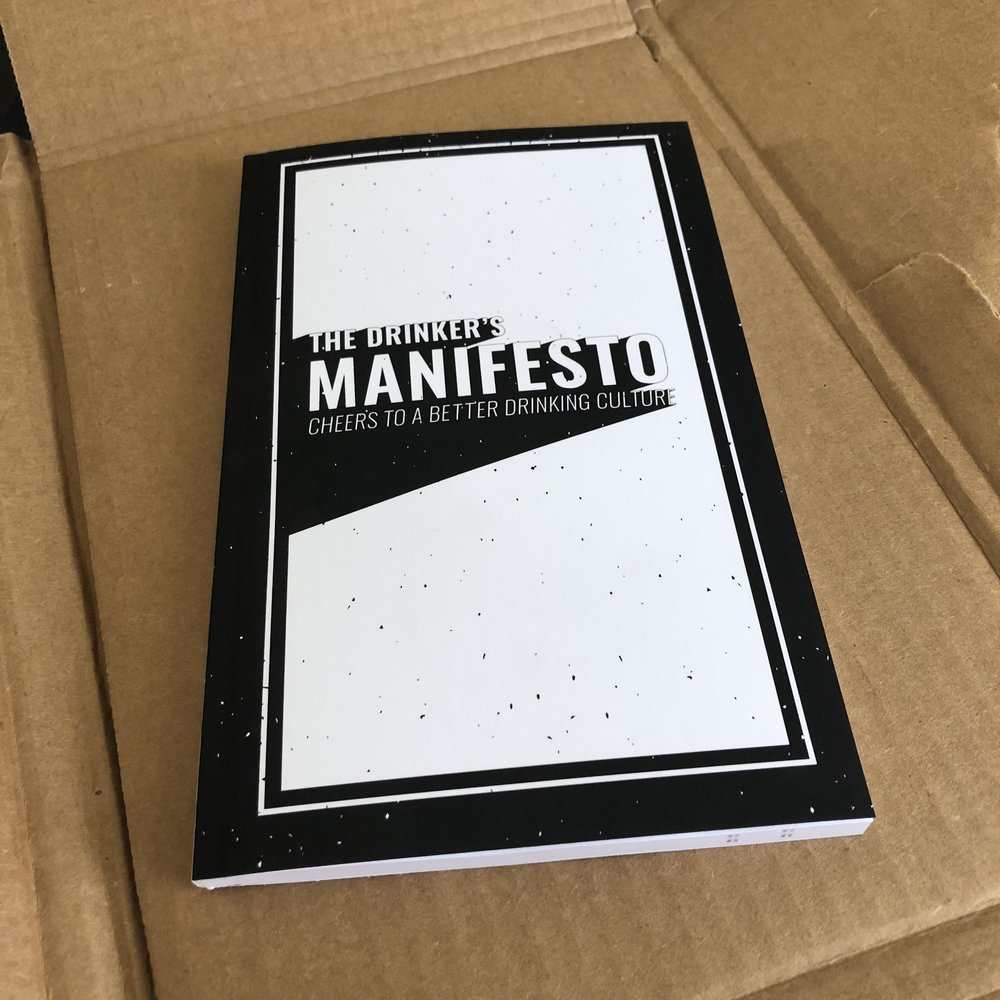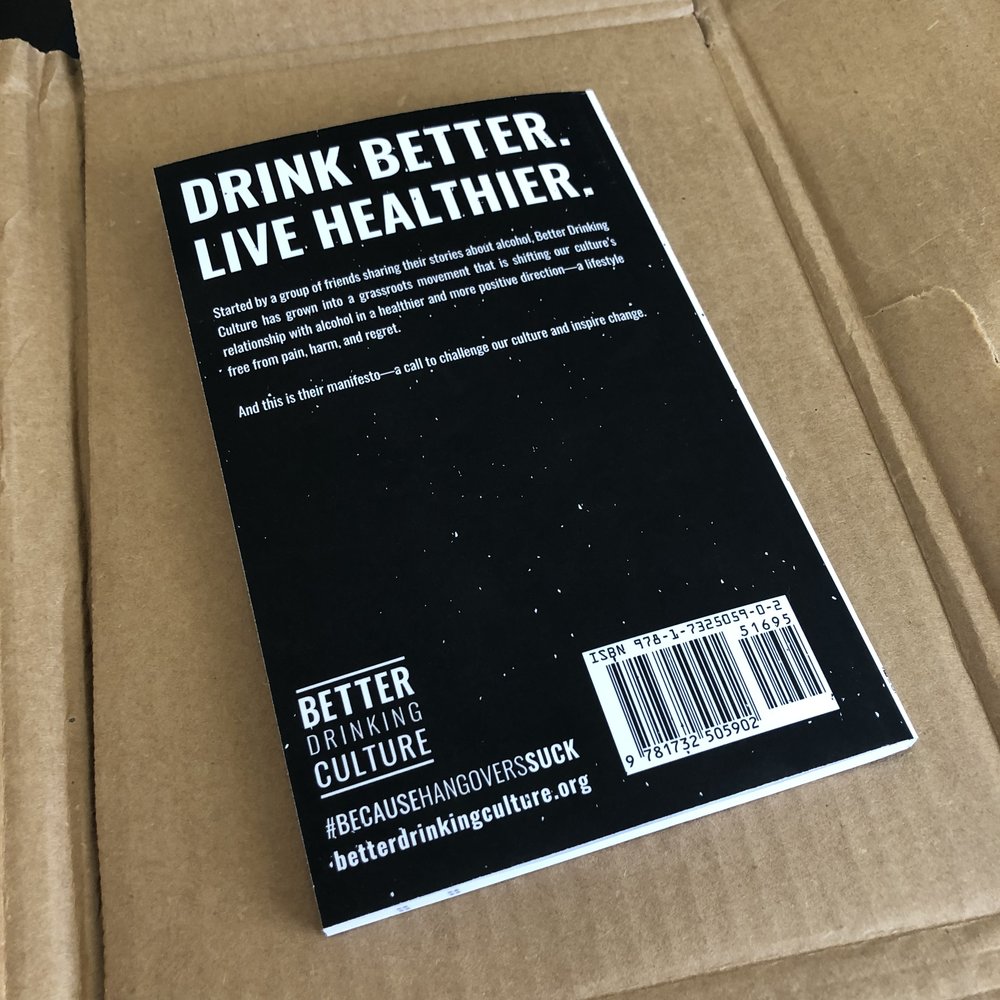Alcohol Awareness Month is Almost Over, So Then What?
April is Alcohol Awareness Month (AAM). This year’s theme, “Help for Today, Hope for Tomorrow,” resonated with me because BDC has accomplished something that will provide just that.
Founded by the National Council on Alcoholism and Drug Dependence (NCADD, now Facing Addiction), AAM “provides a focused opportunity across America to increase awareness and understanding of alcohol addiction, its causes, effective treatment, and recovery. It is an opportunity to decrease stigma and misunderstandings in order to dismantle the barriers to treatment and recovery, and thus make seeking help more readily available to those who suffer from this disease.”
So, here’s the thing. Well, there are lots of “things,” but I’ll try to keep this perspective brief. Personally, I’m usually on the fence about most “awareness months.” I liken them to greetings cards for breakups: well-intentioned—sometimes cringe-worthy, but ultimately parenthetical to the core issue. BDC is a thing because our culture has gotten to the point that AAM needs to be a thing.
However, that’s not to say these months don’t provide value. For many, they do, but for most, the damage has usually already been done. Certainly, treatment and recovery are important and critical because statistics like the following warrant it.
Facing Addiction estimates, “as many as 20 million individuals and family members are living lives in recovery from alcohol use. One in every 12 adults, or 17.6 million people, suffer from alcohol use disorder or alcohol dependence.”
This is a BIG problem. So, let’s give it a month. But what happens when its 30 days are up?
People struggling with dependence, addiction, mental illness, etc. are worthy of help because they’re already in it. The hole has been dug, either by choice or at the mercy of circumstance. Our fellow brothers and sisters may need our support to climb out.
BDC challenges the cultural norm that leans on recovery as the default safety net because “rock bottom” is just a place where we end up. Spoiler: We don’t have to hit it before we try to fix it. We know this conversation can get uncomfortable for those who are emotionally attached to the familiar, the status quo. But that’s not where change happens.

I get it; awareness months aim to raise the bar for all of us humans insulated within our own comfortable bubbles, quick to overlook those who aren’t or can’t always live their best lives like us on Instagram. But, instead of just a month, what if we banded our collective awareness together for 365 days in perpetuity? Awareness should not have an expiration date.
With that in mind, we wrote The Drinker’s Manifesto.

After returning home earlier this month from traveling 22 straight days for work (and maybe a little vacation in Central America), I came home to a sturdy brown cardboard envelope on my desk. The first printed copy of the book was inside. For posterity’s sake, I filmed my reaction to unboxing it. I teared up a little.
To be fair, The Drinker’s Manifesto does raise awareness and very well could play a significant role in someone’s April. We hope it does. I’d be humbled, flattered. But, in order for it to be effective, we’re going to have to hold each other accountable.
When you get your hands on a copy, I encourage you to dog-ear the pages that might speak to you, share it with a friend or family member before they have to wait for next April, and then both of you pass it on to the next generation to ensure that static awareness becomes practice.
The Drinker’s Manifesto: available May 2019.
In the meantime, if you’ve been affected by alcohol and want to share your story, or one of what a better drinking culture means to you, we’re all ears.
Be good to each other.

Leave a Comment
Please note, comments must be approved before they are published.